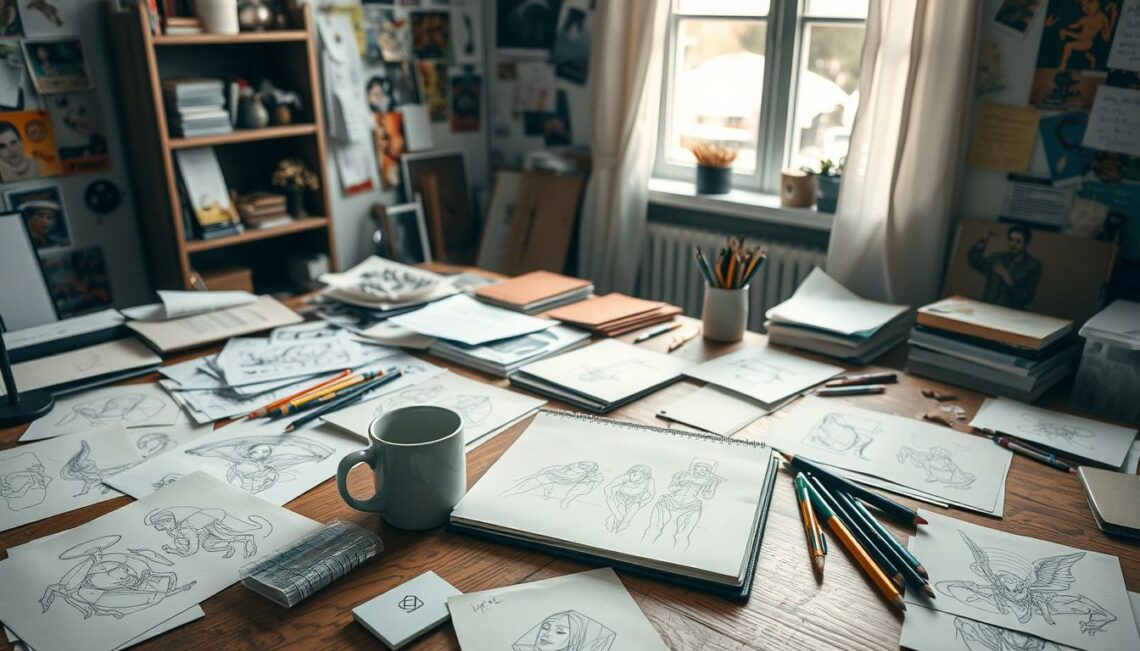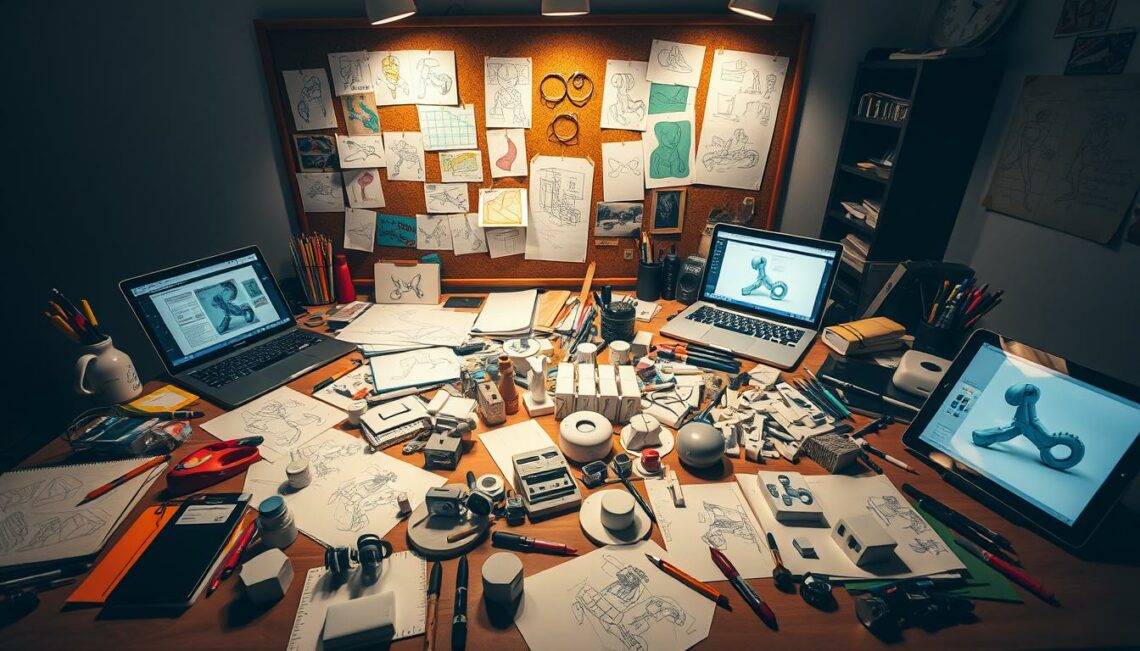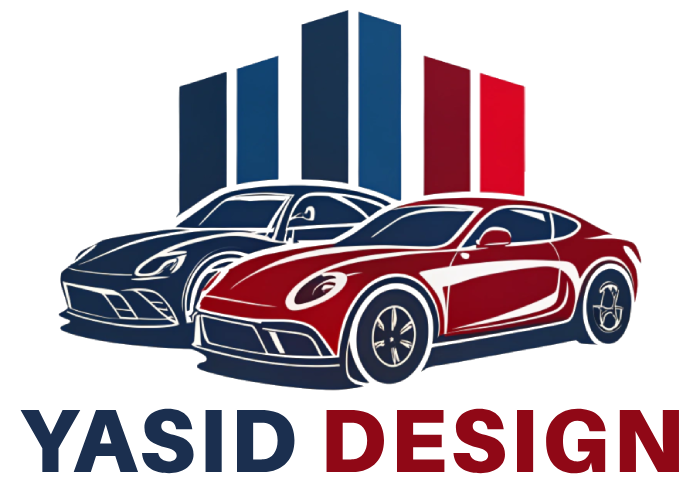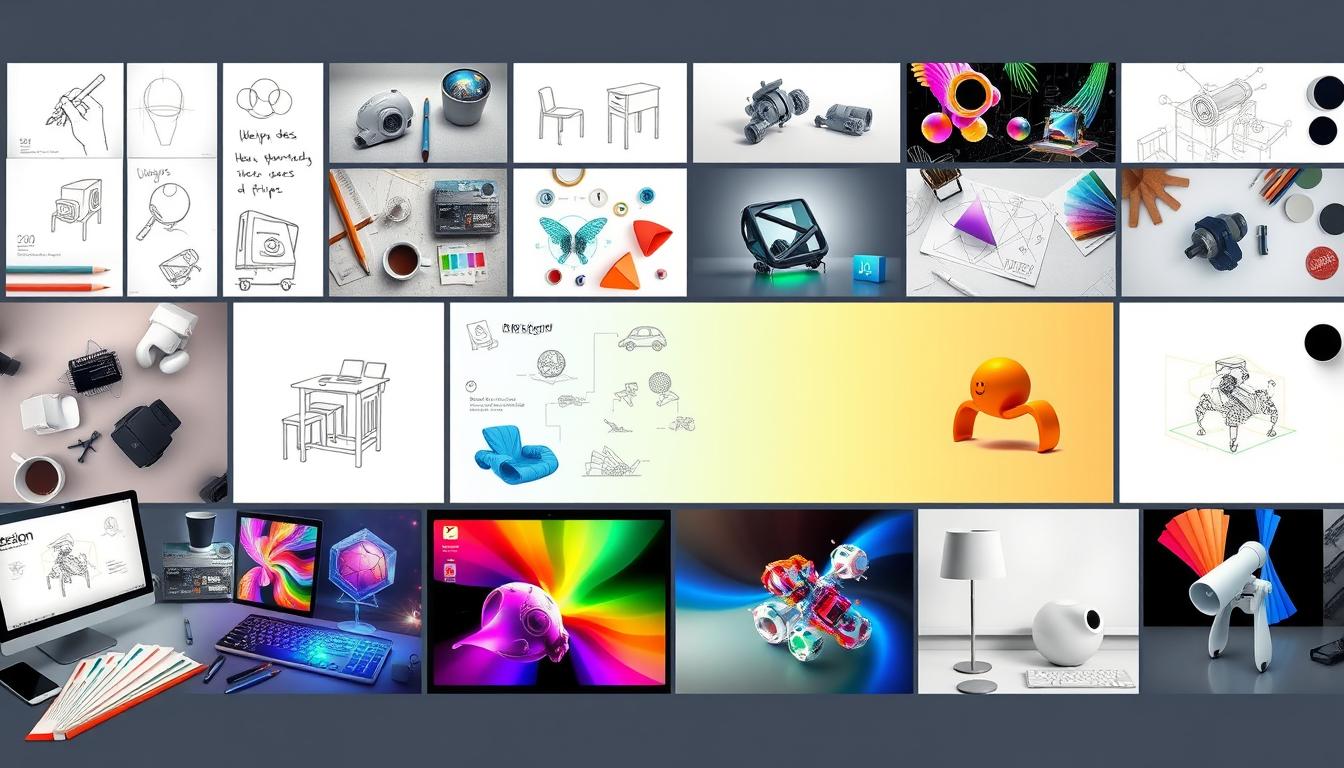The design process is a fascinating journey that transforms a simple sketch into a fully realized product, embodying creativity and innovation. This pivotal process is essential across various industries, including product design, graphic design, architecture, and fashion. Understanding each step in the design journey is crucial for fostering problem-solving skills and embracing iterative methods. As we explore the stages of sketch development and its importance in product development, we will discover how effective creative design can turn imaginative ideas into tangible outcomes.
The Stages of the Design Process
The early design stages are crucial for transforming ideas into tangible concepts. This phase begins with initial ideas through brainstorming techniques, paving the way for creativity and collaboration. Designers often utilize methods like mind mapping and group discussions to inspire innovative thoughts. Such collaborative efforts create an environment ripe for the exploration of various concepts.
Initial Concept and Brainstorming
During the initial concept phase, brainstorming plays a vital role in developing a wide array of ideas. Teams may gather to share thoughts, fostering a culture of open dialogue. This collaboration often leads to unexpected insights and unique perspectives. Various brainstorming techniques can enhance idea generation, offering different ways to approach potential designs.
Research and Inspiration Gathering
Research and inspiration gathering is another critical step in the design process. Conducting thorough design research involves performing competitive analysis to understand market trends. Designers often explore diverse inspiration sources, including nature, art, and current cultural movements. Tools like Pinterest and Behance serve as valuable resources for collecting and curating ideas, aiding designers in finding the spark that informs their projects.
Creating the First Sketches
As initial ideas take form, the focus shifts to creating the first sketches. Sketching techniques vary from loose, quick representations to more refined drafts. Capturing concepts visually is essential at this stage, allowing designers to iterate and modify their ideas effectively. The aim during this phase is to explore freely without the constraints of perfectionism. Sketching serves as a powerful tool for visual representation, helping designers refine their thoughts and communicate their vision creatively.

From Sketch to Reality: The Design Process Explained
Refining design ideas plays a crucial role in transforming initial concepts into viable products. Feedback collection is essential for this process, enabling designers to pinpoint weaknesses in their ideas and enhance the overall quality of the design.
Refining Ideas with Feedback
Design critique sessions, focus groups, and usability testing are effective methods for gathering user feedback. Each method provides unique insights that contribute to design refinement. Engaging stakeholders in this iterative design process facilitates an environment where constructive criticism thrives. As designers examine the feedback received, they can identify recurrent issues and areas for improvement, ensuring that the final product aligns with user needs and expectations.
Creating Prototypes and Mockups
Once ideas are refined, the focus shifts to prototyping and mockups, essential tools for visualizing and testing design concepts. Prototyping techniques can range from low-fidelity sketches to high-fidelity digital mockups developed in software like Adobe XD and Sketch. Understanding the distinctions between these types is vital for effective user testing. Low-fidelity prototypes often serve as paper mocks, allowing for quick iterations, while high-fidelity versions enable more realistic interactions.

The prototyping stage significantly enhances the user testing experience. Designers gather crucial insights into how users interact with their prototypes, facilitating informed decisions that drive product realization. Throughout this process, iterative design ensures continuous improvement, ultimately leading to a more refined end product. The table below summarizes the key differences between low-fidelity and high-fidelity prototypes.
| Prototype Type | Characteristics | Typical Use |
|---|---|---|
| Low-Fidelity | Simple sketches, paper-based, quick changes | Initial concepts, brainstorming sessions, quick feedback |
| High-Fidelity | Detailed designs, interactive elements, more polished | User testing, presentations, final evaluations |
Key Considerations in Turning Designs into Finished Products
Transitioning from a conceptual design to a finished product is an intricate journey that requires careful attention to various factors. A robust production process is essential, ensuring that designs can be effectively translated into real-world items. This involves not only creativity but also technical prowess, as designers work closely with engineers and manufacturers to bring their visions to life.
Material selection is another critical element in design implementation. The right materials can elevate a product’s functionality and aesthetics while also impacting production costs and sustainability. Decisions regarding material usage can determine the overall success of a product, making it imperative for designers to be well-informed about the options available, from eco-friendly alternatives to high-performance materials.
Lastly, market readiness plays a pivotal role in the design process. A beautiful product may not achieve its potential if it fails to meet consumer needs or the realities of competition. Engaging marketing teams early on can provide valuable insights into market trends and consumer preferences, ensuring that the final product is not only appealing but also strategically positioned for success in a competitive landscape.




